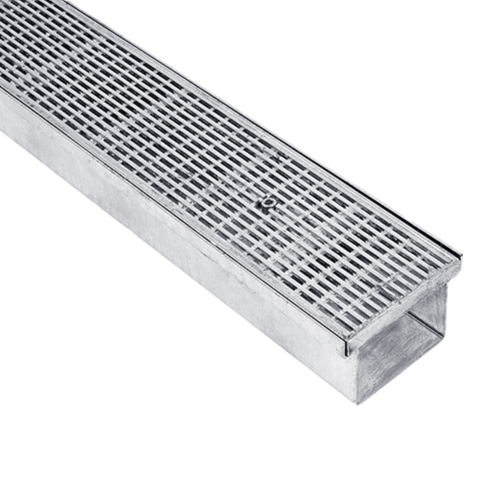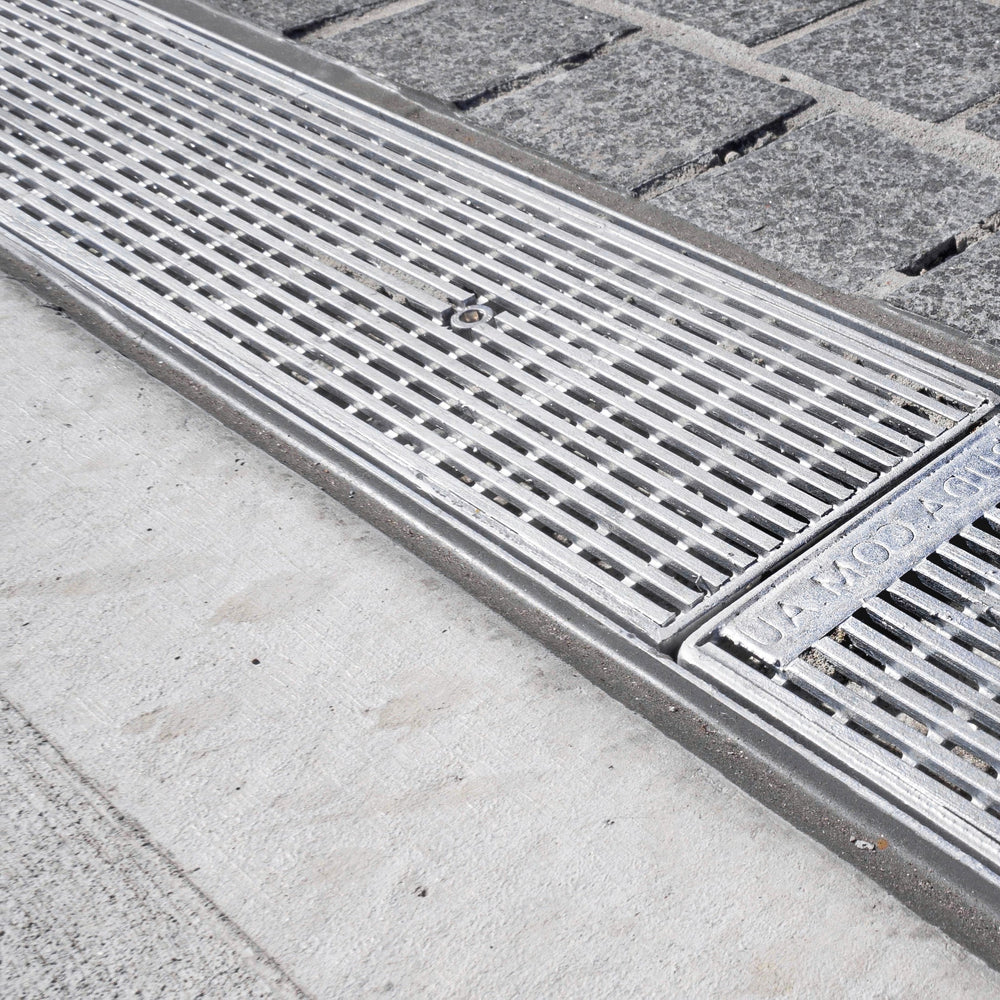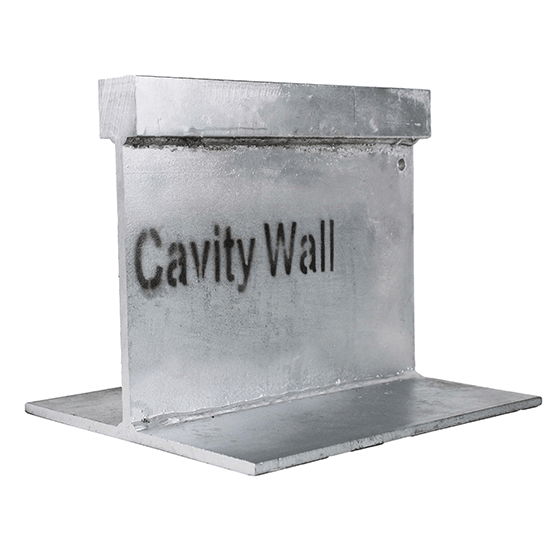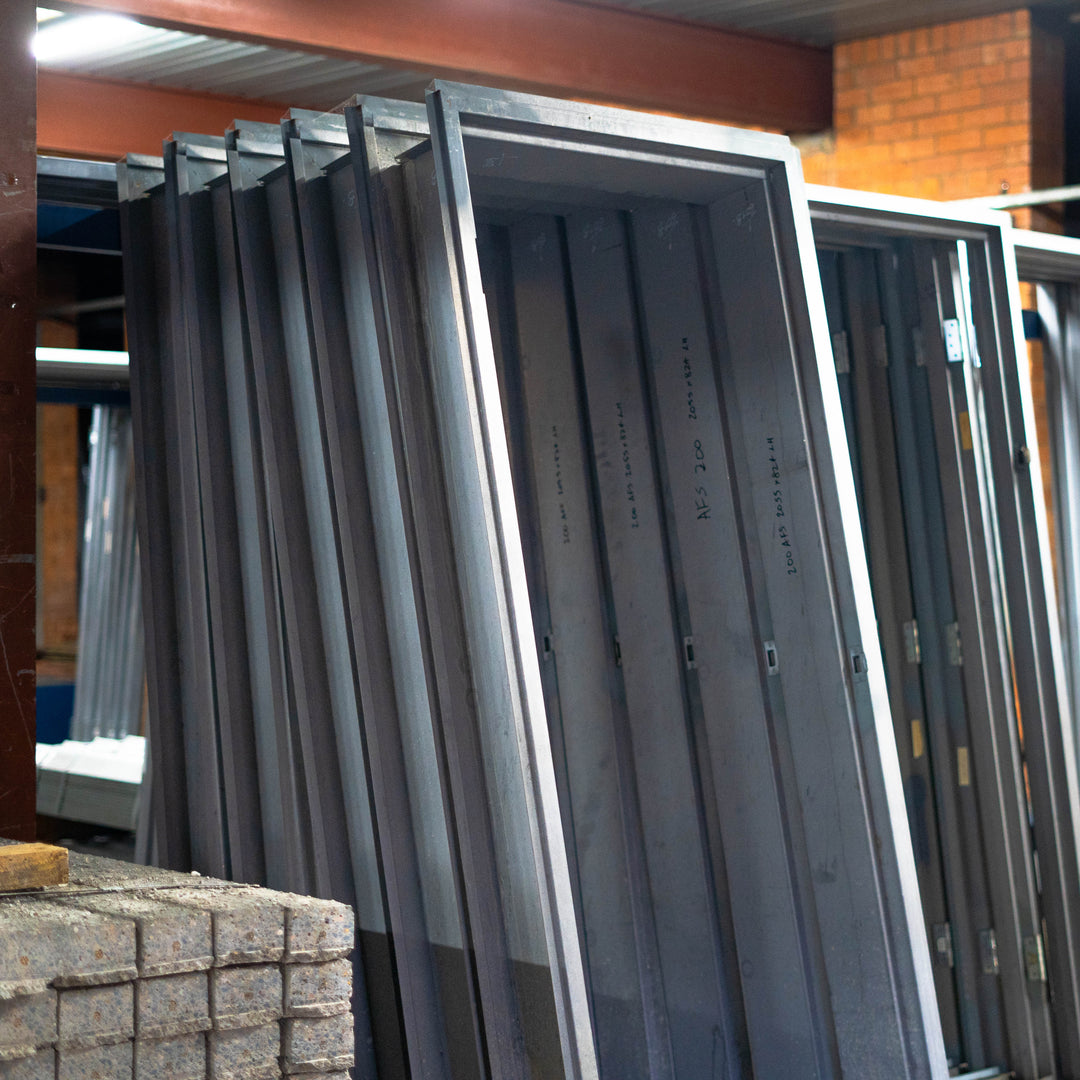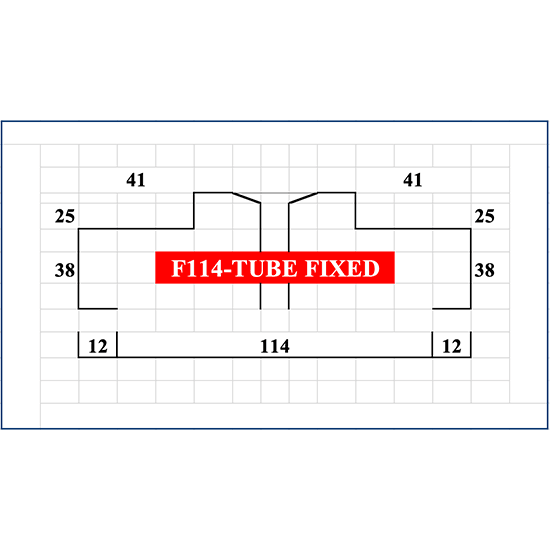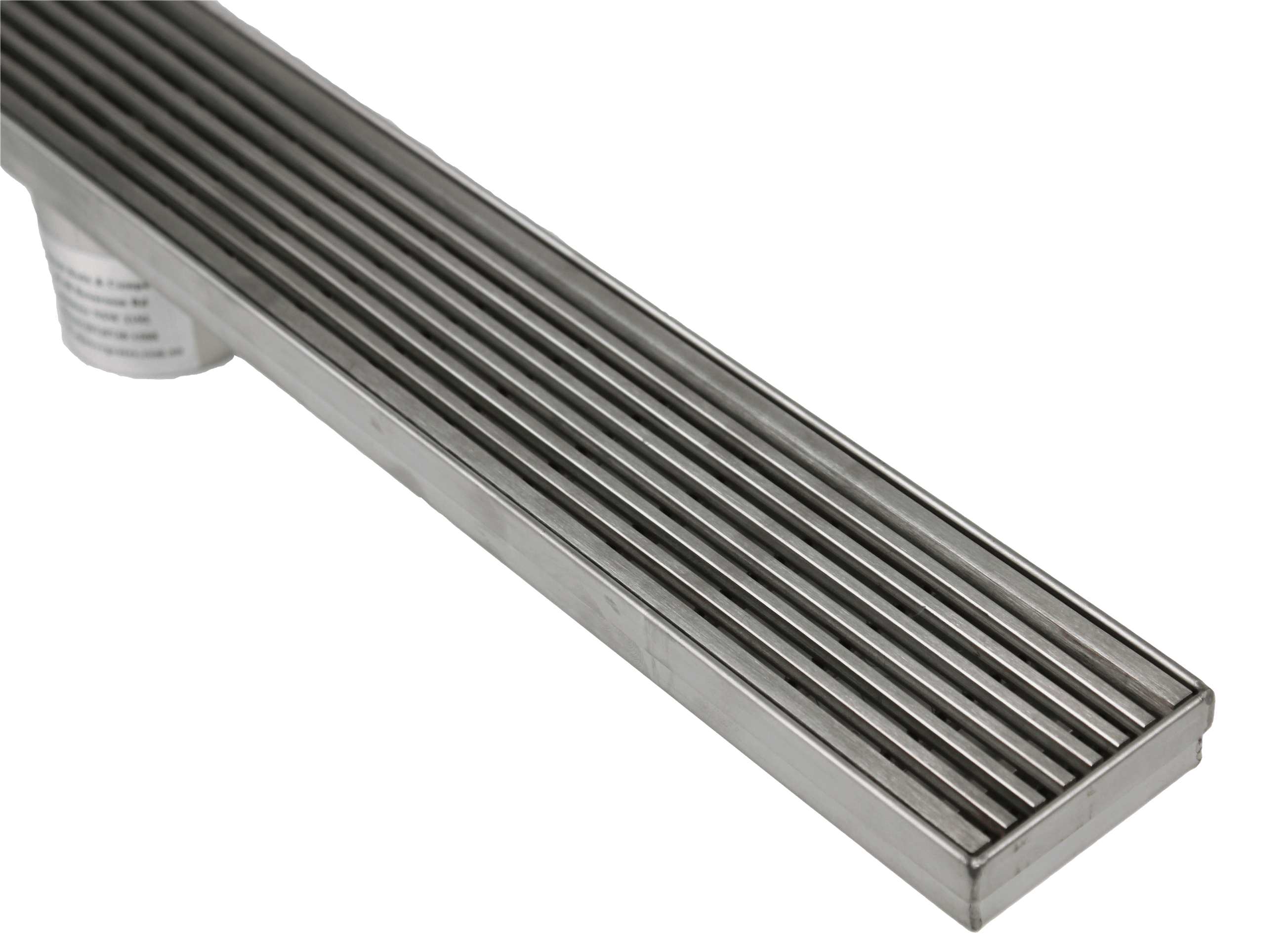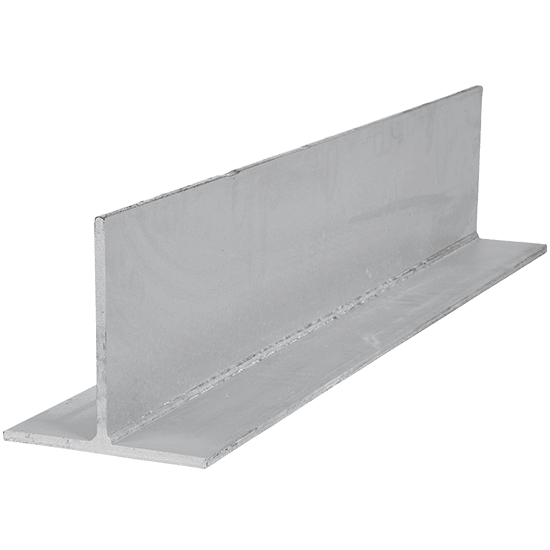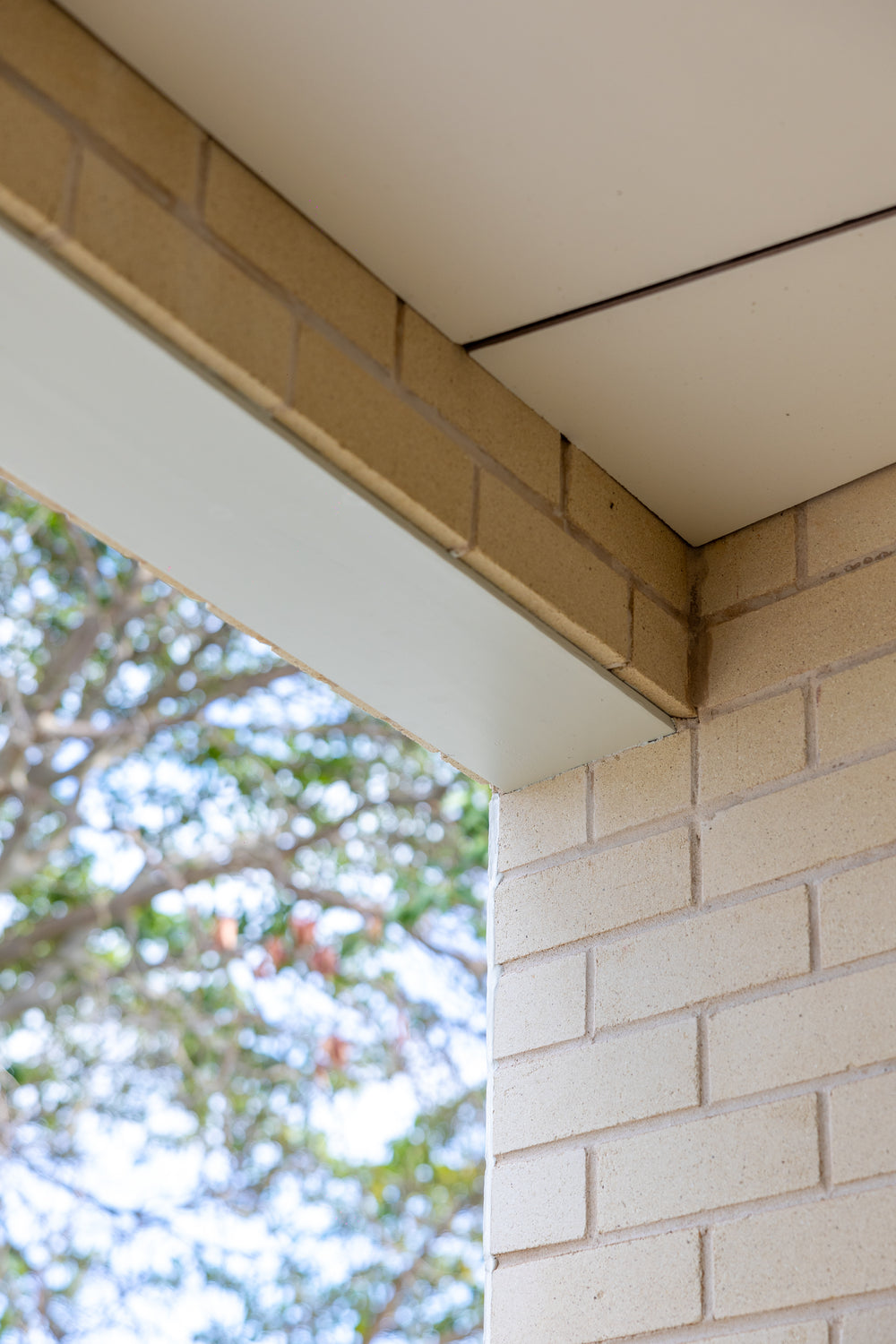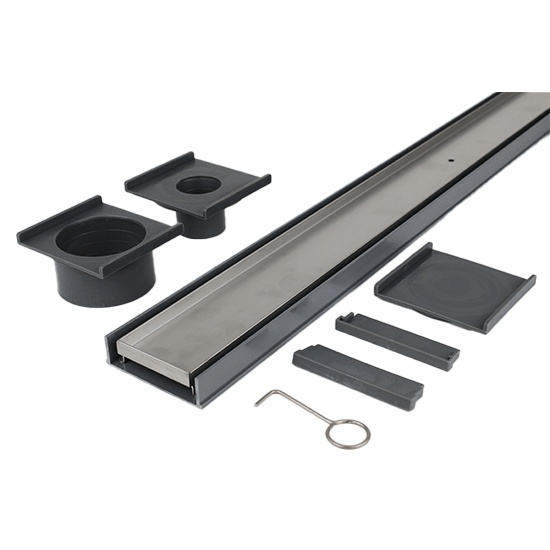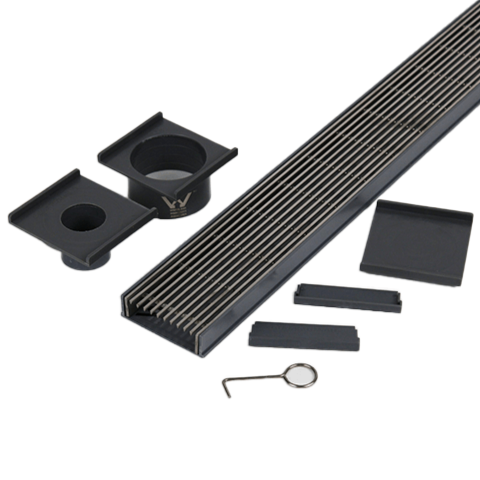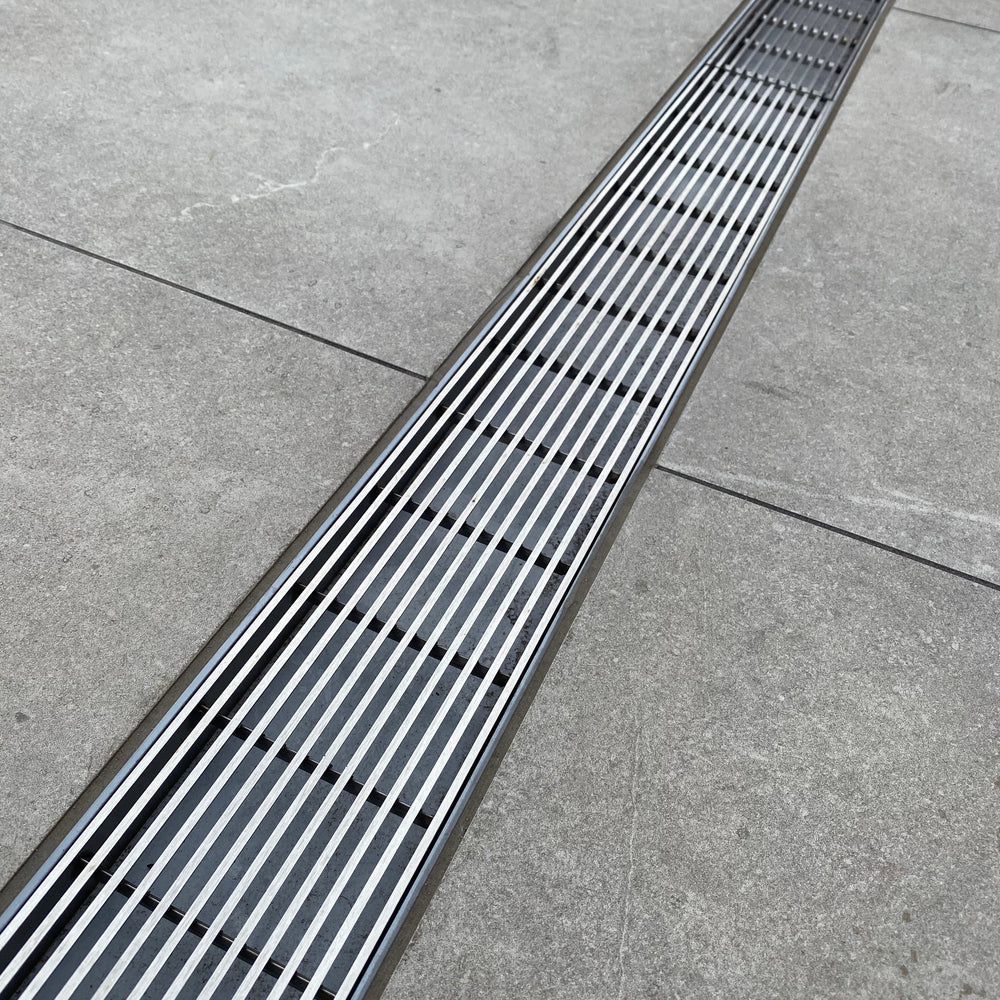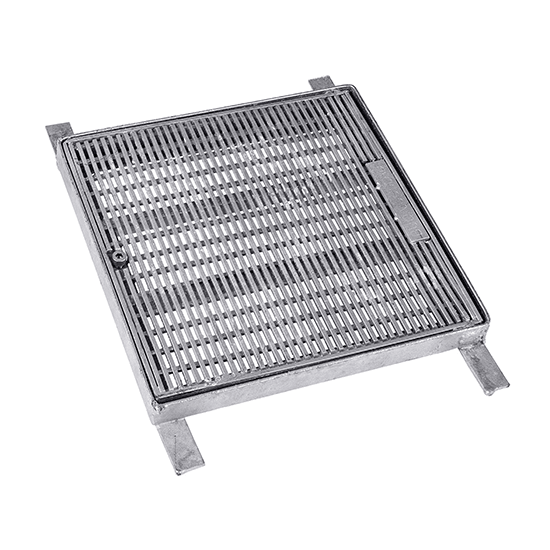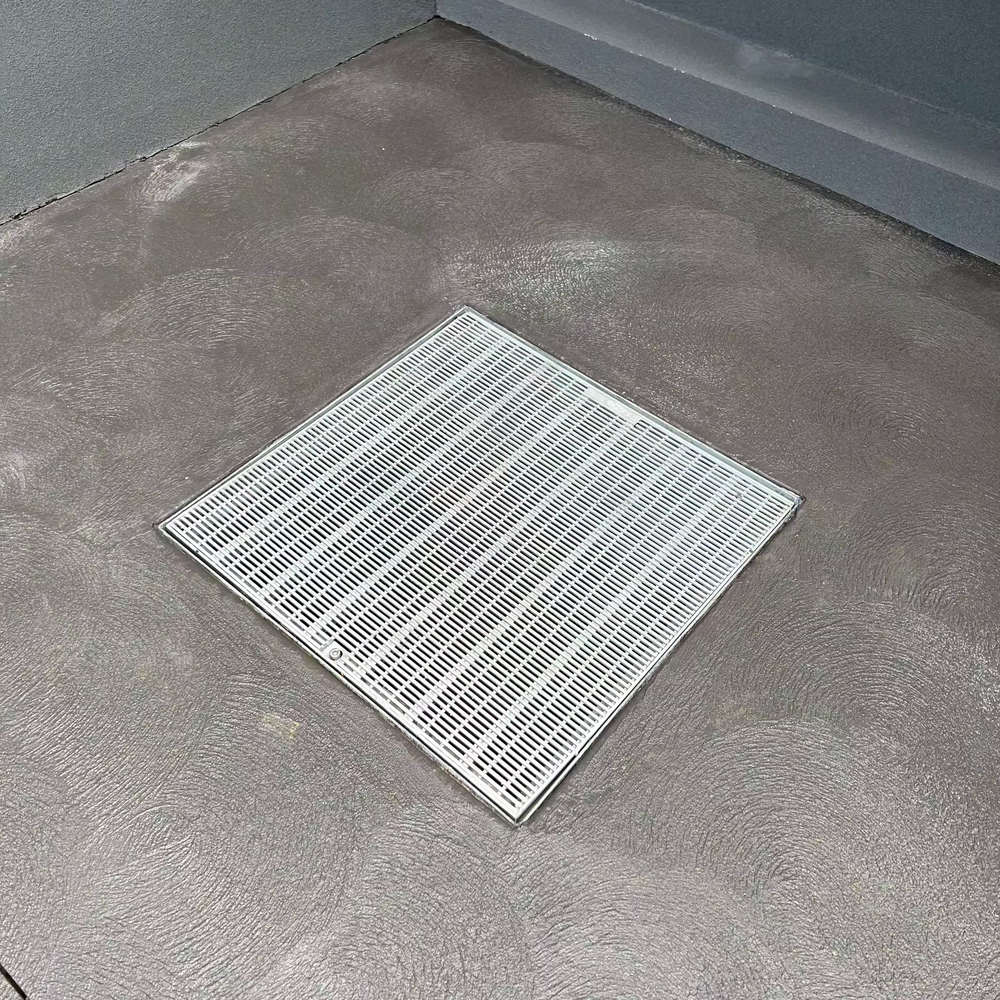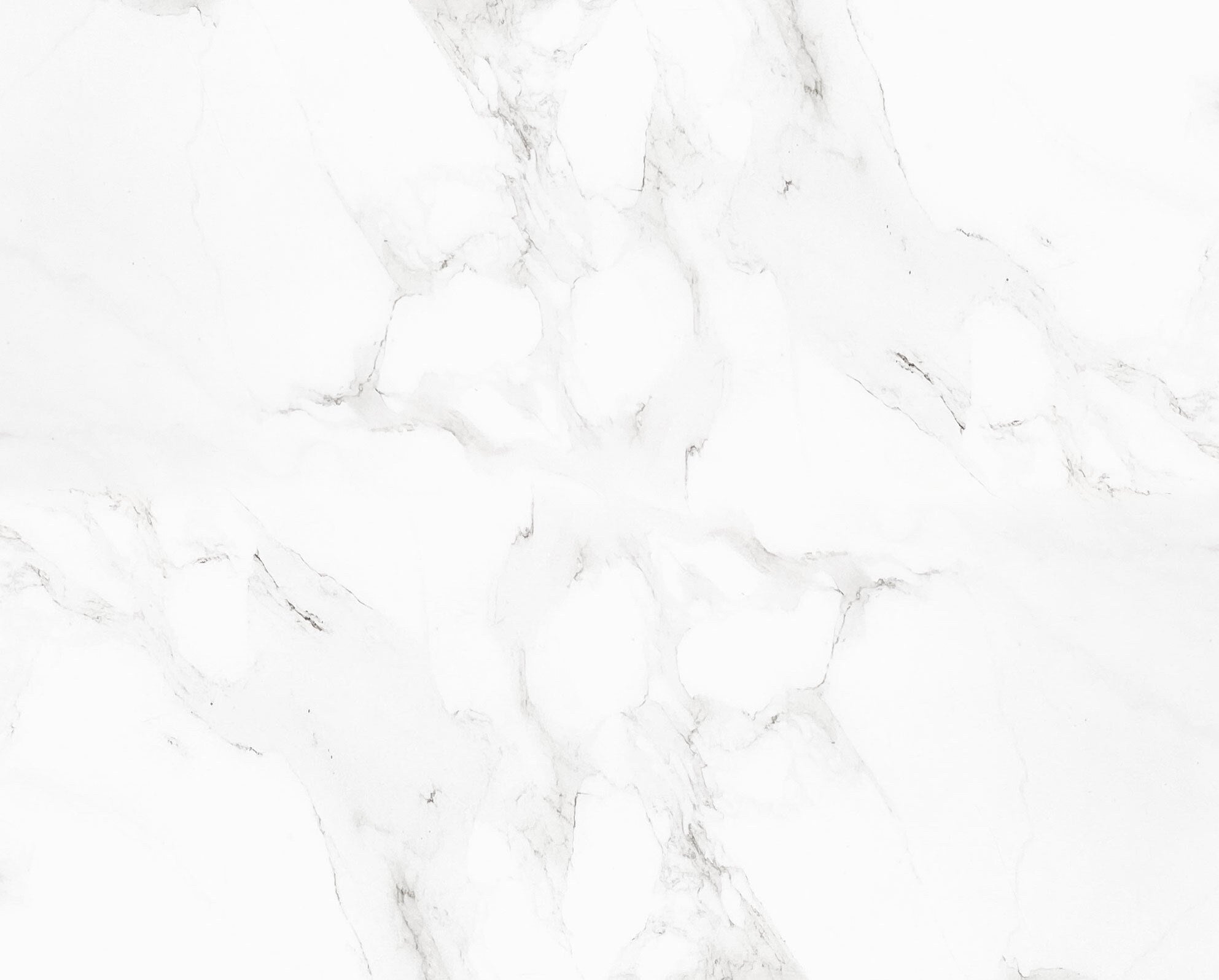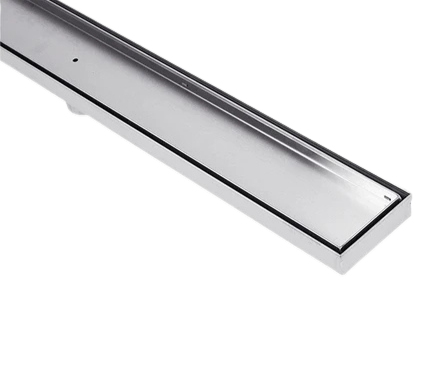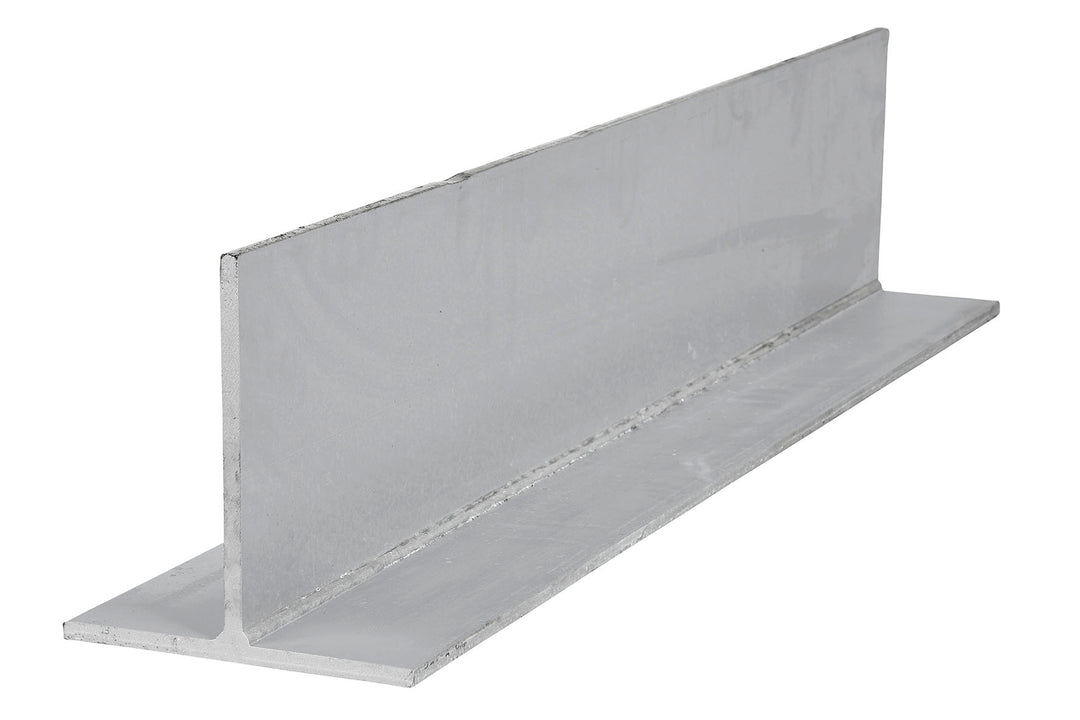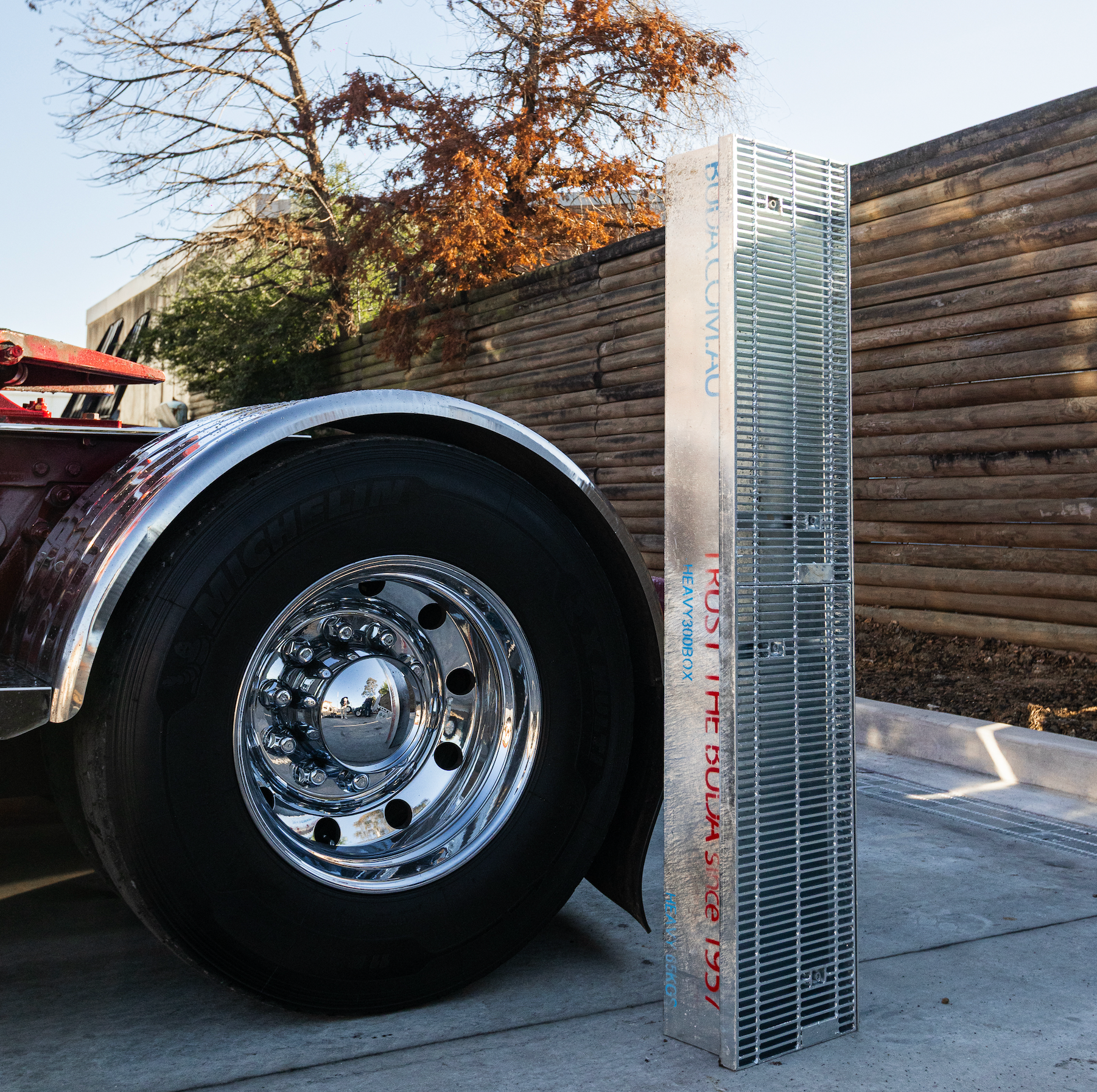Yard Drainage Solutions For Your Home
A stormwater drain installation protects your home from overland flows during heavy rainfall. Without it, rain that directly runs off the land surface - stormwater - can soak into the ground (groundwater), leading to all sorts of problems down the road. While a bit of rain is okay, stormwater also includes any contaminants (pollutants) collected by the water during its travels, which can wreak havoc on your home.

Stormwater drainage solutions are the only remedy for stormwater. Whether natural or artificial drainage, you risk flooding your garden without properly installed external drains and grates to intercept and transport stormwater runoff.
Fortunately, there are plenty of yard drainage solutions you can do yourself to improve lawn drainage in your front or back yard. Vincent Buda & Co are here to guide you through your DIY backyard drain and the stormwater products you need for installing yard drainage on your property.
Flooding is a Risk To Your Home
According to Climate Council Australia, floods pose the most significant climate risk to Australian homes and can occur all over the country. The Bureau of Meteorology defines flooding as an overflow of water beyond the normal limits of a watercourse. When water extends over what is usually dry land, it becomes a flood. The two main types of flooding are riverine and flash.
Riverine: when natural rivers break their banks, covering the surrounding land in the water.
Flash Flooding: occurs within six hours of rain falling, typically after a short burst of heavy rain.
Then there’s coastal inundation -when seawater temporarily or permanently floods an area due to sea-level rise, high tides, wind and waves - which is less about flooding and more about climate change and the risks of rising sea levels.
The Impact of Flooding in Australia
The immediate impacts of flooding include loss of human life, damage to property, destruction of crops and loss of livestock.
Updated data from The Insurance Council of Australia revealed $3.35 billion in insured losses in 2022 due to the South-East Queensland and coastal New South Wales floods in February and March.
In total, at least 23 people died from the flooding. As for residential damage, government data published by The Guardian suggests that, of the 9,200 homes assessed in the northern rivers, 5,500 are damaged, and 2,834 are not habitable.
Damage Caused by Floods
Property damage from floods, debris and mould, can be extensive and may take weeks to clean before repairs or reconstruction can begin. Flooding can damage the building's structure and contents–furniture, appliances, electronics and personal belongings.
Floodwater can also cause mould and mildew to grow if damp surfaces are not dried within a few days. Asbestos can also be present in flood-affected areas from buildings built before 1990.
Your septic and water systems are also at risk from floodwaters due to debris, blockages and contamination.
Different Types of Water Damage
Water damage is classified into three categories:
General Water Damage–sudden or accidental water leaks from water sources.
Sewer Backup–sewage water invades property.
Overland Water–water from flooding, rain or overland flow from nearby properties.
Overland water damage is further categorised as damage caused by flood waters (scaping from natural and artificial water sources and stormwater from drains or water with nowhere else to go.
Stormwater is rainwater that falls on house roofs, paved areas like driveways, roads and footpaths, or flows from saturated gardens and grass fields and whatever it picks up along the way, e.g. soil, oil, grease, leaves, animal droppings, chemicals etc.
Stormwater Networks
The hard surfaces throughout cities and urban environments prevent rain from soaking into the ground, requiring stormwater networks to redirect water to avoid flooding and water damage. Australian stormwater systems are separate from the sewer system and are not treated before being discharged to waterways and the sea.
Early, more traditional stormwater management in Australia relied on conveyancing–water conveyed by a pipe or channel from a collection area (for example, a house and street) to a discharge point (for example, the nearest ocean, creek, river, or lake).
Although this simple system effectively reduces stormwater nuisance and flooding on site, debris can easily cause blockages.
New homes, however, use a combination of gutters, drains and overland flow paths to convey stormwater to on-site detention (OSD) systems. An OSD consists of pits and tanks (above or below the land) temporarily storing the runoff and controlling the release of water into the downstream drain.
These external stormwater drainage systems must be installed by a qualified stormwater drainage expert in collaboration with hydraulic engineers and builders in compliance with local council regulations.
The Sydney Stormwater System
Sydney Water services about 634,530 properties, consisting of 73 catchments, 457 km of channels and pipes and over 70 stormwater quality improvement devices.
Every building, commercial, residential or public, except for those in remote and rural communities, is connected in some way, shape or form to a stormwater drainage network. Without a proper stormwater drainage system, your property could be at risk of water damage.
The Sydney stormwater network runs from Bondi in the east to Rouse Hill in the west and stretches as far north as Eastwood to Kogarah in the south. Local councils are in charge of the stormwater drains in public areas or along roadways. These stormwater drains connect to the broader Sydney Water system, which then flows into major waterways such as the Paramatta, Cooks and Georges rivers.
Water-Sensitive Urban Design
As part of newer drainage systems, Water-sensitive urban design (WSUD) seeks to imitate the natural water balance. WSUD is designed to slow stormwater runoff so that it can be used and filtered on-site, with individual households able to install a range of drainage solutions to manage stormwater runoff.
Who is Responsible for Stormwater Drainage?
Before you start digging up your backyard to install yard drainage, you first need to know who’s responsible for managing stormwater. According to the Office of Local Government, stormwater management is “the management of the quantity and quality of stormwater that flows off a parcel of privately owned, developed urban land.”
Stormwater management service, like Sydney Water, organises the quantity and/or quality of stormwater that flows off the land and includes a service to manage the reuse of stormwater for any purpose.
- Homeowners are responsible for any drainage issues that impact their property to the kerb and gutter, even if they affect a neighbouring property.
- If the drainage issue impacts council land, an investigation may be conducted by the Catchment Management Authorities to determine the problem.
Council will also act if surface water:
- has or is likely to cause damage to land or building,
- has been directed to/ concentrated by an artificial structure or drain,
- is the result of defective roof drainage from a dwelling or outbuilding.
Before any stormwater drainage solution can be installed or modified, you must obtain Council approval under Section 68 of the Local Government Act.
Non-Urgent Stormwater Issues
When it rains, it pours. Extended periods of heavy rainfall can cause stormwater and surface water issues that wouldn’t usually be an issue. Before you call the council to investigate the matter, first determine the urgency of your problem.
Council will not act if:
- Surface water runoff only occurs during heavy rainfall
- There is no direct connection between a building’s roof water and the council’s stormwater drainage system
- Surface water is natural runoff from the property or surrounding properties due to topography
- Surface water flows across solid surface areas, e.g. driveways, tennis courts, concrete slabs or paved areas
- The location of the dwelling impacts surface run-off
- Run-off is subject to development consent (approved construction)
- Drainage is the result of defective or blocked drainage.
Sloping Blocks & Seepage
Natural surface water will flow down the slope if your home is built on a sloping site. Without proper surface water controls and stormwater drainage, this water can collect in the contours of your property. Excavated sloping blocks will also require seepage drains to redirect water to stormwater outlets.
Types of Yard Drains
Stormwater run-off should flow down drainage catchments (surface flow) or within conduits (piped flow). The most common types of stormwater drainage include
- perforated subsoil drainage pipes that collect groundwater from the soil,
- stormwater pipes that transport water under the ground,
- open surface external drains that transport stormwater over the land.
Vincent Buda & Co stocks a wide range of external grates and drains made from stainless steel, galvanised steel and aluminium.
Stainless Steel
316 stainless steel drains, grates and channels are suitable for marine environments or applications near water, such as pool areas, walkways, pathways, balconies, patios and driveways. We stock heelguard and line patterns in standard lengths builders can join on-site.
Have a read of our 316 Stainless Steel blog for more information about durability for external corrosive environments.
Aluminium
Suitable for external applications such as balconies and walkways, aluminium grates and drain channels is an affordable and stylish option sold in standard lengths to be cut, joined and modified on-site as required.
Hot Dip Galvanised Steel
Suitable for a range of external applications, including driveways and walkways. For example, our traditional galvanised trench box grates are Class B Load Rated, making them the ideal drop-in solution that can be easily cut and joined on-site to meet your requirements. Buda box grates are bolted down to the box to eliminate movement from traffic but can be easily removed using an Allen key for cleaning.
We highly recommend using our cold galvanising spray if you plan to cut down galvanised trench box grates.
Alternatively, our plastic drainage pit with galvanised grate is sold as a complete set, featuring a plastic polymer pit with the galvanised grate to suit.
Read our hot dip galvanised steel blog for more information on this incredible building material.
Linear or Square Drains
What type of drainage system do you need to install drainage in your backyard – linear or square?
Linear: these long and narrow drains are rectangularly shaped and can be installed along the edges of your lawn, driveways, and between paved areas in the backyard. Water flows through the drain and into a trough or channel below and is directed towards a stormwater drain.
Square: designed as a collection point for surface and stormwater drainage, square external drains typically sit above drainage pits, allowing large volumes of water to drain without flooding.
Heelguard or Traditional Pattern Drains
Another important decision for any drainage system is the choice of drain pattern - heelguard vs traditional line pattern.
Heelguard: a heel-safe option that provides water flow while protecting your drainage system from being blocked by any leaves or rubbish.
Traditional Line Pattern: more affordable option, with more significant gaps for water flow. Unfortunately, this makes them prone to debris blockage.
Our galvanised box grates also have the option for Maxi Heelguard, with slightly larger holes than the Heelguard pattern to provide more water flow.
Grates and Drains from Vincent Buda & Co.
Pit Drains and Drop Inlets
These square stormwater drains are installed in residential properties to redirect groundwater to stormwater drainage systems. Their large size allows for collecting large volumes of water. However, this can also result in debris blockage, especially if the drain is surrounded by organic material. To prevent flooding from debris blockages, you should install a stormwater runoff to bypass the blocked inlet.
Slot Drains versus Driveway Grates
Slot drains capture and redirects stormwater runoff. Due to the size of these linear drains, they can only direct a small amount of water at a time, as heavy rainfall can pass over them. Fortunately, linear drains have a low risk of debris blockage thanks to their length. However, unlike driveway grates, they are only suitable for pedestrian traffic, i.e. walkways, balconies, pool areas, patios or along garden areas.
French Drains
These old-school drain systems are a combination of a shallow trench filled with rocks that redirect water towards stormwater systems.
Install a Backyard Drain
Get started on your stormwater drain installation and improve lawn drainage on your property. Vincent Buda & Co. stocks various external grate and drains products to suit different applications and budgets, with multiple finishes and styles depending on your project.
We also have an online Grate Configurator to help you find suitable grates and drains from our range that best suits your requirements. Simply follow the instructions, and within 1 minute, you’ll have a list of products to install drainage in the backyard.


